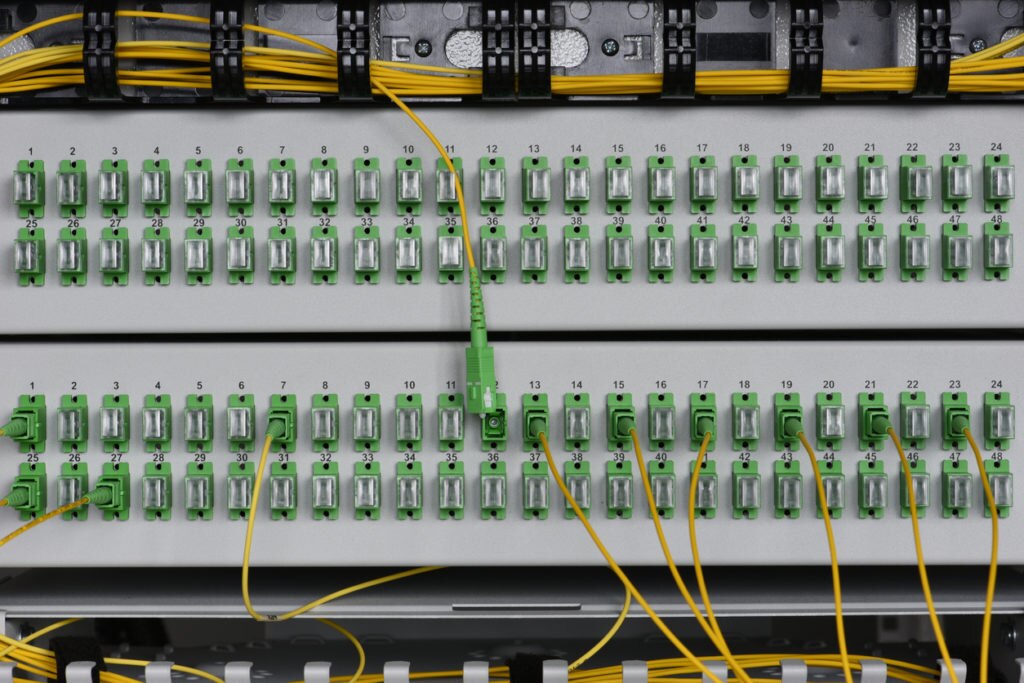Over the coming weeks, I will be writing a series of posts on my varied experiences with hybrid IT. These experiences come from working on countless projects over the last ten years working in a consultancy role.
So, let’s start with a bit of background on me. I’m Jason Benedicic, an independent consultant based in Cambridge, U.K. I have been working in IT for the last twenty years, and of that, the last 10 have been in professional services consultancy across the U.K. My background is traditionally in infrastructure, covering all areas of on-premises solutions such as virtualisation, storage, networking, and backup.
A large part of this time has been spent working on Converged Infrastructure systems such as FlexPod. As the industry has changed and evolved, I have moved into additional skillsets, focusing on automation and infrastructure as code, more recently working in cloud native technologies and DevOps/CICD.
What is Hybrid IT?
The term hybrid IT isn’t exactly new. It has been used in various ways since the early days of public cloud. However, the messaging often changes, and the importance or even relevance of this operating model is regularly put into question.
For me it boils down to a simple proposition.
Hybrid IT is all about using the right tools in the right locations to deliver the best business outcome, making use of cloud-native technologies where they fit the business requirements and cost models, and maintaining legacy applications across your existing estate.
Not all applications can be modernized in the required timeframes. Not every application will be suited to cloud. Hybrid IT focuses on flexibility and creating a consistent delivery across all platforms.
What Will I Be Covering?
The series of posts will build on the above concepts and highlight my experiences in each of several areas.
Public Cloud Experiences, Costs, and Reasons for using Hybrid IT
This post will focus on my experiences in deploying services into public clouds, ranging from lift-and-shift type migrations to deploying cloud-native services like functions. I will look at where you make cost decisions and how you can assess what the long-term impact can be to your business.
Building Better On-Premises Data Centers for Hybrid IT
Here I will look at the way we can adopt cloud-like practices on-premises by modernizing existing data center solutions, refining process, and using automation. I will look at the various technologies I have used over the recent years, what the major vendors are doing in this space, and ways you can get the most from your on-premises infrastructure by providing a consistent consumption model for your business.
Location and Regulatory Restrictions Driving Hybrid IT
Constant change throughout the industry, governments, and regulating bodies require us to constantly evaluate how we deploy solutions and where we deploy them. I will look at recent changes such as GDPR and how uncertainties surrounding political events such as the U.K.’s exit from the European Union affect decisions. I will also cover how building a hybrid approach can ease the burden of these external factors on your business.
Choosing the Right Location for your Workload in a Hybrid and Multi-Cloud World
This post will look at how I help customers to assess and architect solutions across the wide landscape of options, including determining how
best to use public cloud resources, looking at what use cases suit short-lived cloud services such as Development/Testing, and when to bring a solution back on-premises.
DevOps Tooling and CI/CD in a Hybrid and Multi-Cloud World
My final post will focus on my recent journey in making more use of
DevOps tooling and Continuous Integration/Deployment pipelines. I will discuss the tools I have been using and experiences with deploying the multiple life-cycle stages of software into multiple locations.
I hope that you will find this series helpful and enjoy reading through my journey.





